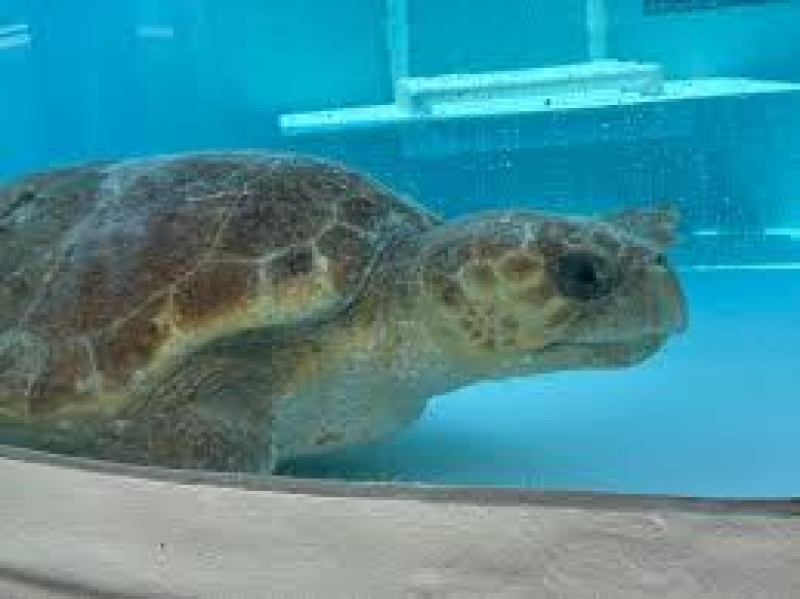- Romania Urged to Open Dhaka Mission as Trade Surges |
- Over 41,000 Containers Stuck at Ctg Port Amid Strike |
- WB Grants $270m Loan to Boost Bangladesh’s Recovery Plans |
- Bangladesh's Per Capita Debt Rises Sharply to $483 |
- Yunus to Visit UK in June to Boost Bangladesh-UK Ties |
302-Pound Sea Turtle Gets CT Scan—and a Big Surprise

A giant loggerhead sea turtle injured by a boat strike off Florida’s Atlantic coast was brought to a turtle hospital for treatment, but her size posed a challenge. Weighing in at 302 pounds (137 kilograms), the turtle—nicknamed Pennywise—was too large for the hospital’s standard medical equipment.
Veterinarians at the Loggerhead Marinelife Center in Juno Beach initially tried to get her scanned at Jupiter Medical Center using a CT machine meant for humans. However, Pennywise was too large for that device as well.
Thinking quickly, the team transported her to Palm Beach Equine Clinic in Wellington, where a CT scan was successfully performed using equipment typically used for horses.
“Thankfully, the equine machine was big enough to accommodate her,” said Dr. Heather Barron, the center’s chief science officer and veterinarian, in a statement to The Associated Press.
Along with the injury assessment, the scan brought unexpected news: Pennywise is carrying eggs.
“We’re hopeful we can return her to the ocean soon so she can lay those eggs,” Barron added.
Loggerhead sea turtles, classified as endangered, often lay several clutches of eggs in a single nesting season.
Pennywise was rescued on Monday by the Inwater Research Group, who found her floating in the Atlantic Ocean. She had suffered severe blunt trauma to her shell, believed to have occurred about a month earlier. Despite the injury, her wounds had already begun healing when she was brought in.
Barron said the scan revealed bone damage near the spine, but fortunately, neurological tests showed that her nerves were still functioning properly.
“That’s an excellent sign,” she noted. “We’ll monitor her closely, and once her injuries are sufficiently healed, we’ll release her back into the wild.”
Still, Barron emphasized that Pennywise’s ordeal highlights a broader issue. “This is a textbook example of a sea turtle returning for mating and nesting season, only to be injured by a preventable boat strike,” she said.
Since Florida’s sea turtle nesting season runs from March 1 through October 31, marine conservationists are urging boaters to reduce their speed and stay vigilant—especially within the designated Sea Turtle Protection Zone, which extends one mile (1.6 kilometers) from the shoreline, reports UNB.

